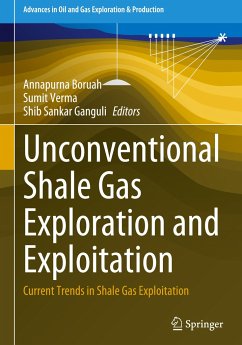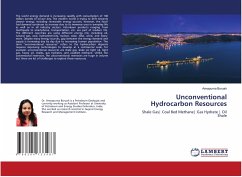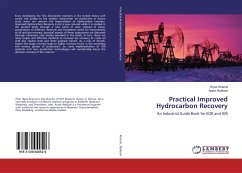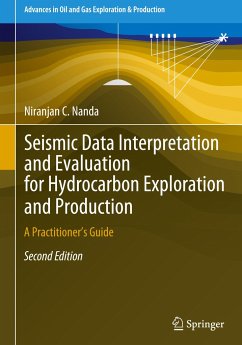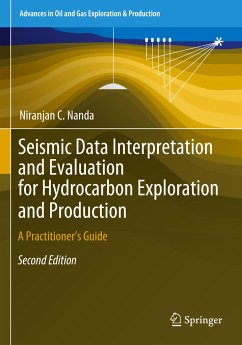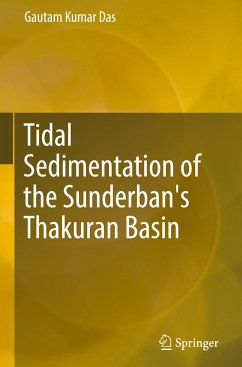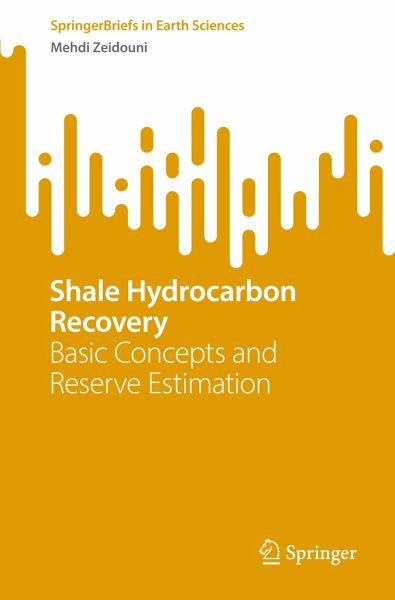
Shale Hydrocarbon Recovery
Basic Concepts and Reserve Estimation

PAYBACK Punkte
21 °P sammeln!
The main focus of this book is to show the challenges specific to shale hydrocarbon recovery and the practices to overcome these challenges. This book starts with an overview to the technological evolution that led to successful production of shale plays, and the implications of the shale being a source rock for its hydrocarbon recovery. The second chapter presents the operations of well drilling, hydraulic fracturing, and monitoring activities. Chapter 3 provides an overview of the available methods for reserve estimation of shale resources followed by comprehensive coverage of decline curve ...
The main focus of this book is to show the challenges specific to shale hydrocarbon recovery and the practices to overcome these challenges. This book starts with an overview to the technological evolution that led to successful production of shale plays, and the implications of the shale being a source rock for its hydrocarbon recovery. The second chapter presents the operations of well drilling, hydraulic fracturing, and monitoring activities. Chapter 3 provides an overview of the available methods for reserve estimation of shale resources followed by comprehensive coverage of decline curve analysis (DCA). In a departure from the mostly empirical rate-time DCA methods covered in Chapter 3, advanced rate-time-pressure analysis - often referred to as rate transient analysis (RTA) - methods are presented in Chapter 4. Chapter 4 ends with discussing the complications of fluid flow in shale reservoirs and the required modeling improvements.





